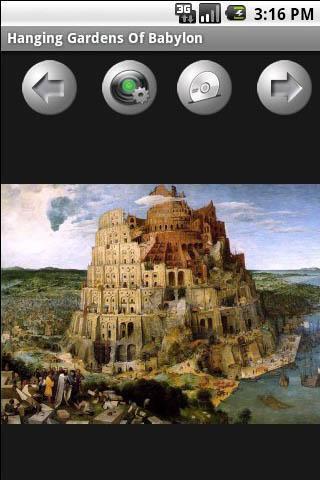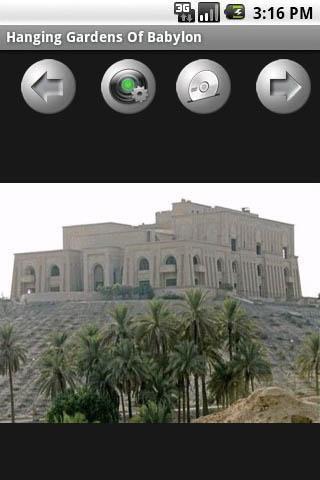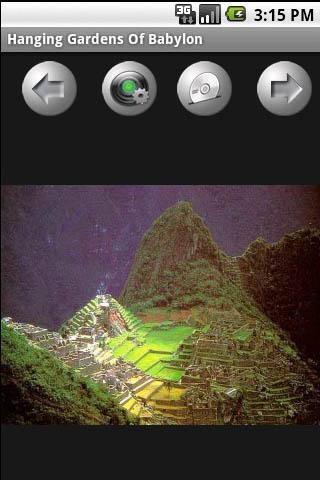关闭纠错举报
我站仅对该软件提供链接服务,该软件内容来自于第三方上传分享,版权问题均与我站无关。如果该软件触犯了您的权利,请点此版权申诉。
+ 展开全部应用介绍
Please have fun. If bug exists, please tell us (E-mail), we will fix it as soon as possible. Thank you very much for your support! The Neo-Babylonian Empire or Second Babylonian Empire was a period of Mesopotamian history which began in 626 BC and ended in 539 BC. During the preceding three centuries, Babylonia had been ruled by their fellow Akkadian speakers and northern neighbours, Assyria. Throughout that time Babylonia enjoyed a prominent status. The Assyrians had managed to maintain Babylonian loyalty through the Neo-Assyrian period, whether through granting of increased privileges, or militarily, but that finally changed in 627 BC with the death of the last strong Assyrian ruler, Assurbanipal, and Babylonia rebelled under Nabopolassar the Chaldean the following year. In alliance with the Medes, the city of Nineveh was sacked in 612 BC, and the seat of empire was again transferred to Babylonia. This period witnessed a great flourishing of architectural projects, the arts and science.Neo-Babylonian rulers were deeply conscious of the antiquity of their heritage, and pursued an arch-traditionalist policy, reviving much of their ancient Sumero-Akkadian culture. Even though Aramaic had become the everyday tongue, Akkadian was restored as the language of administration and culture. Archaic expressions from 1,500 years earlier were reintroduced in Akkadian inscriptions, along with words in the now-long-unspoken Sumerian language. Neo-Babylonian cuneiform script was also modified to make it look like the old 3rd-millennium BC script of Akkad.Ancient artworks from the heyday of Babylonia's imperial glory were treated with near-religious reverence and were painstakingly preserved. For example, when a statue of Sargon the Great was found during construction work, a temple was built for it—and it was given offerings. The story is told of how Nebuchadnezzar in his efforts to restore the Temple at Sippar, had to make repeated excavations until he found the foundation deposit of Naram-Suen, the discovery of which then allowed him to rebuild the temple properly. Neo-Babylonians also revived the ancient Sargonid practice of appointing a royal daughter to serve as priestess of the moon-god Sin.We are much better informed about Mesopotamian culture and economic life under the Neo-Babylonians than we are about the structure and mechanics of imperial administration. It is clear that for Mesopotamia the Neo-Babylonian period was a renaissance. Large tracts of land were opened to cultivation. Peace and imperial power made resources available to expand the irrigation systems and to build an extensive canal system. The Babylonian countryside was dominated by large estates, which were given to government officials as a form of pay. These estates were usually managed through local entrepreneurs, who took a cut of the profits. Rural folk were bound to these estates, providing both labor and rents to their landowners.Urban life flourished under the Neo-Babylonians. Cities had local autonomy and received special privileges from the kings. Centered on their temples; the cities had their own law courts, and cases were often decided in assemblies. Temples dominated urban social structure, just as they did the legal system, and a person's social status and political rights were determined by where they stood in relation to the religious hierarchy. Free laborers like craftsmen enjoyed high status, and a sort of guild system came into existence that gave them collective bargaining power.
应用截图
你可能还会喜欢
发表评论共有 0 条软件评论
- 本软件还没有玩家发表评论,快来抢占沙发吧:)


























